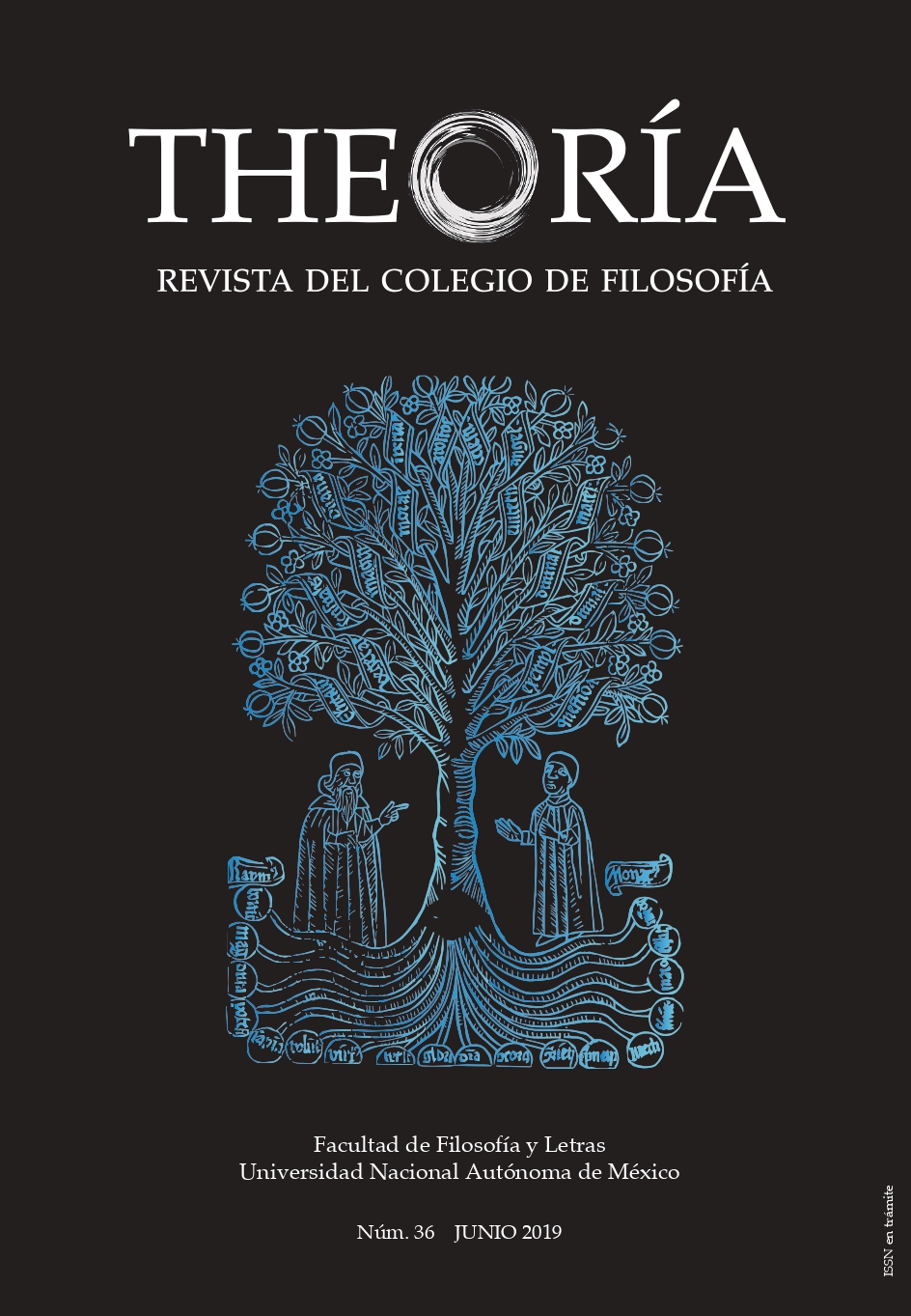Interior and Exterior Space: Raimon Panikkar and Nishida Kitarō
Main Article Content
Abstract
Raimon Pannikar’s reflections on architecture and Nishida Kitarō’s on place are used in this text to question the pretended separation between the internal and the external in relation to space. Pannikar and Nishida share a similar comprehension of the spatiality of being, even if their philosophical styles appear to be at odds. While Panikkar thinks that internal and external space are complementary, both being part of an integrated whole, Nishida argues that the notions of internal and external space are the result of the dividing effort of egoic conscience. Despite that, their postures concerning the effect that might generate an adequate and positive link between conscience and action coincide; actions have a direct impact on the form of the world we inhabit.

